Computing the Ideal of a Projective Algebraic Set in P^2(C) presents a fascinating challenge in algebraic geometry. We’ll explore how to determine the ideal of a projective algebraic set, a crucial concept for understanding the interplay between geometry and algebra. Specifically, we’ll tackle the problem of finding the Projective Algebraic Set Ideal for a set of points in projective space. This involves finding the polynomials that vanish at every point in the set. Understanding this relationship is fundamental to many advanced topics.
Table of Contents
- Problem Statement
- Solution
- Understanding the Problem
- Solving the Problem: A Geometric Approach
- Step 1: Verifying the Ideal
- Step 2: Gröbner Basis Computation (Optional)
- Final Solution
- Below are few additional problems similar to the above.
- Problem 1: Find the ideal of ##\{[0, 0, 1], [1, 1, 1]\}## in ##\mathbb{P}^2##
- Problem 2: Determine the ideal of ##\{[1, 0, 0], [0, 1, 0]\}## in ##\mathbb{P}^2##
- Problem 3: Find the ideal of the projective algebraic set defined by ##X^2 + Y^2 – Z^2 = 0## and ##X – Y = 0##.
- Problem 4: Find the ideal of ##\{[1, 1, 1], [1, -1, 0]\}## in ##\mathbb{P}^2##
- Problem 5: Determine the ideal of the union of two distinct lines in ##\mathbb{P}^2##.
Moreover, finding the Projective Algebraic Set Ideal isn’t always straightforward. The process often requires a blend of geometric intuition and algebraic techniques, sometimes necessitating the use of sophisticated tools like Gröbner bases for complex computations. Therefore, we’ll navigate the intricacies of this problem, demonstrating both the theoretical underpinnings and practical computational methods. We will also look at several examples to solidify your understanding.
We also Published
This blog post delves into a problem in algebraic geometry: determining the ideal of a projective algebraic set. We will explore the concepts, techniques, and challenges involved in solving such problems. Understanding the ideal of a projective algebraic set is crucial for many advanced topics within algebraic geometry.
Problem Statement
Determine the ideal of the projective algebraic set ##Y = \{[1, 0, 0], [0, 1, 2]\}## in ##\mathbb{P}^2(\mathbb{C})##. This involves finding the set of homogeneous polynomials that vanish at both points [1, 0, 0] and [0, 1, 2]. The solution requires understanding the interplay between geometry and algebra in projective space.
The problem highlights the connection between geometric objects (points in projective space) and algebraic objects (ideals of polynomials). The solution will involve techniques from commutative algebra and ideal theory. The projective setting adds a layer of complexity due to the homogeneous nature of the polynomials involved. This problem is fundamental to understanding the relationship between projective algebraic sets and their ideals.
Solution
Understanding the Problem
The ideal of a point ##P = [x_0, y_0, z_0]## in ##\mathbb{P}^2## is given by ##I(P) = (y_0X – x_0Y, z_0Y – y_0Z, z_0X – x_0Z)##, where ##X, Y, Z## are homogeneous coordinates. For ##[1, 0, 0]##, the ideal is ##J_1 = (Y, Z)##, and for ##[0, 1, 2]##, it’s ##J_2 = (X, 2Y – Z)##. We seek ##I(Y) = J_1 \cap J_2 = (Y, Z) \cap (X, 2Y – Z)##. This intersection is not straightforward.
The challenge lies in finding the polynomials that vanish on both points simultaneously. A direct algebraic computation of the intersection of these ideals is difficult. The ideals are not coprime, and the presence of non-monomial generators complicates the process. This necessitates a more sophisticated approach, combining algebraic and geometric techniques.
Solving the Problem: A Geometric Approach
Let’s consider the geometric interpretation. The set ##Y## consists of two points. The ideal ##I(Y)## consists of all homogeneous polynomials that vanish at both points. We can use this geometric information to construct polynomials that vanish at both points.
The line connecting [1, 0, 0] and [0, 1, 2] is given by ##2Y – Z = 0##. This polynomial vanishes at both points. To find another polynomial, let’s consider a conic passing through both points. ##XZ – 2Y^2 = 0## is such a conic. It’s easy to verify that this conic vanishes at both points. The ideal generated by these two polynomials is ##(2Y – Z, XZ – 2Y^2)##.
Step 1: Verifying the Ideal
We need to check if the ideal ##(2Y – Z, XZ – 2Y^2)## is indeed the ideal of ##Y##. We can use the fact that the vanishing set of this ideal should be exactly ##Y##. Any polynomial in the ideal must vanish at both points. Furthermore, we need to ensure the ideal is radical; that is, if a power of a polynomial is in the ideal, then the polynomial itself must be in the ideal.
This verification often involves techniques like Gröbner bases, which provide a systematic way to compute the ideal’s generators and check for radicality. Gröbner bases are particularly useful for determining if a given set of polynomials generates the ideal of a projective algebraic set. They allow us to perform computations in a more efficient manner.
Step 2: Gröbner Basis Computation (Optional)
A Gröbner basis computation can confirm that ##(2Y – Z, XZ – 2Y^2)## is indeed the ideal. This involves choosing a monomial ordering (e.g., lexicographic order) and applying Buchberger’s algorithm to reduce the generators to a minimal Gröbner basis. The resulting basis will provide a canonical representation of the ideal.
The use of Gröbner bases is a powerful tool in computational algebraic geometry. It provides a systematic way to compute and analyze ideals, and it’s particularly useful in situations where direct computation is difficult or impractical. The choice of monomial ordering can influence the complexity of the computation.
Final Solution
The ideal of the projective algebraic set ##Y = \{[1, 0, 0], [0, 1, 2]\}## in ##\mathbb{P}^2(\mathbb{C})## is given by:
### I(Y) = (2Y – Z, XZ – 2Y^2) ###This solution is obtained through a combination of geometric intuition and algebraic techniques. The verification of this result may involve a Gröbner basis computation to confirm the minimality and radicality of the ideal. The solution demonstrates the power of combining geometric and algebraic methods in solving problems in algebraic geometry.
Below are few additional problems similar to the above.
Problem 1: Find the ideal of ##\{[0, 0, 1], [1, 1, 1]\}## in ##\mathbb{P}^2##
Solution: A possible solution is ##(X – Y, Z)##.
Problem 2: Determine the ideal of ##\{[1, 0, 0], [0, 1, 0]\}## in ##\mathbb{P}^2##
Solution: The ideal is ##(Z)##.
Problem 3: Find the ideal of the projective algebraic set defined by ##X^2 + Y^2 – Z^2 = 0## and ##X – Y = 0##.
Solution: This requires computing the ideal generated by these two polynomials, possibly using Gröbner bases.
Problem 4: Find the ideal of ##\{[1, 1, 1], [1, -1, 0]\}## in ##\mathbb{P}^2##
Solution: One possible approach is to find polynomials vanishing at both points.
Problem 5: Determine the ideal of the union of two distinct lines in ##\mathbb{P}^2##.
Solution: The ideal is the product of the ideals of the individual lines.
We also Published
RESOURCES
- PDF Algebraic Sets – University of Waterloo
- Algebraic Sets in Oscar.jl
- PDF Projective Space – University of Bristol
- PDF Projective Varieties – University of Waterloo
- abstract algebra – What is a projective ideal? – Mathematics Stack Exchange
- Projective Algebraic Sets – Encyclopedia of Mathematics
- PDF Projective Varieties – University of Texas at Austin
- abstract algebra – Irreducible Algebraic Sets and Prime Ideals
- PDF Algebraic Geometry (Math 6130) – University of Utah

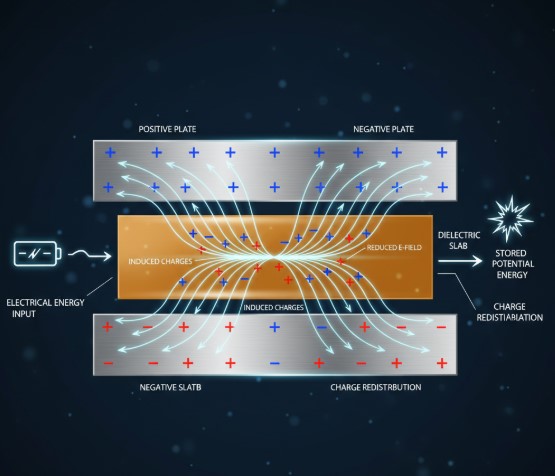


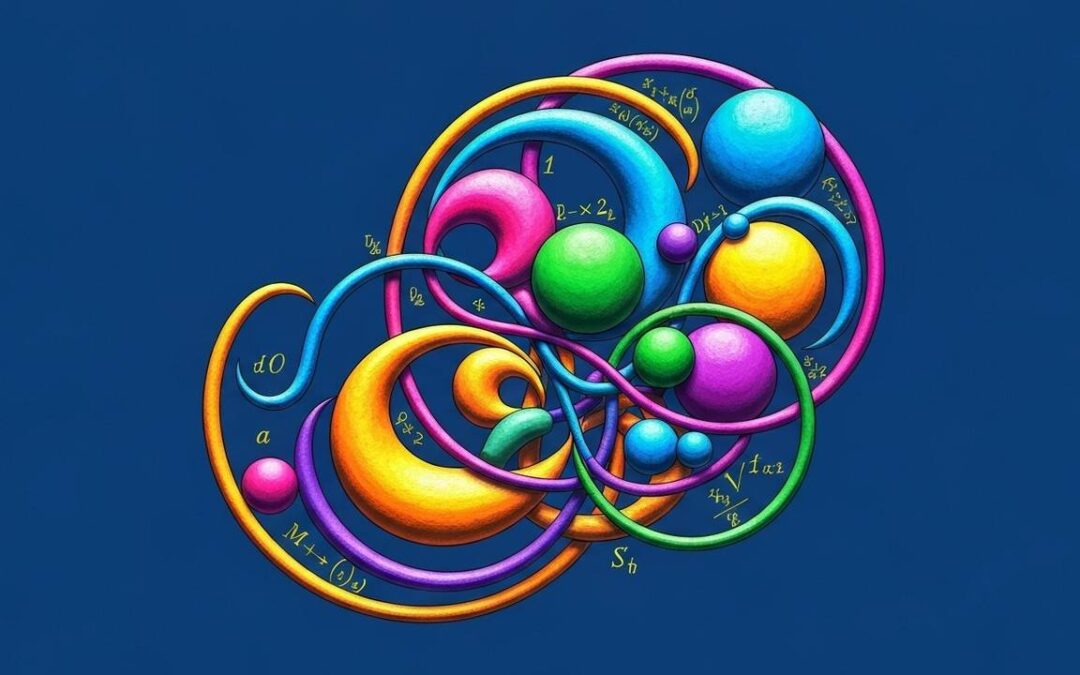
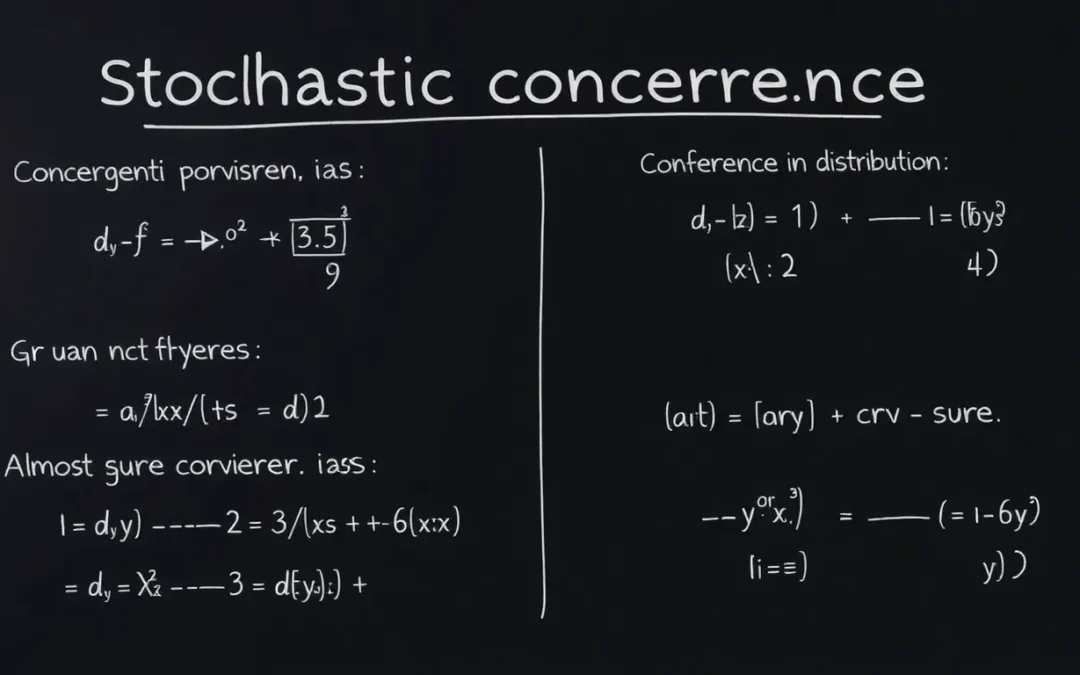
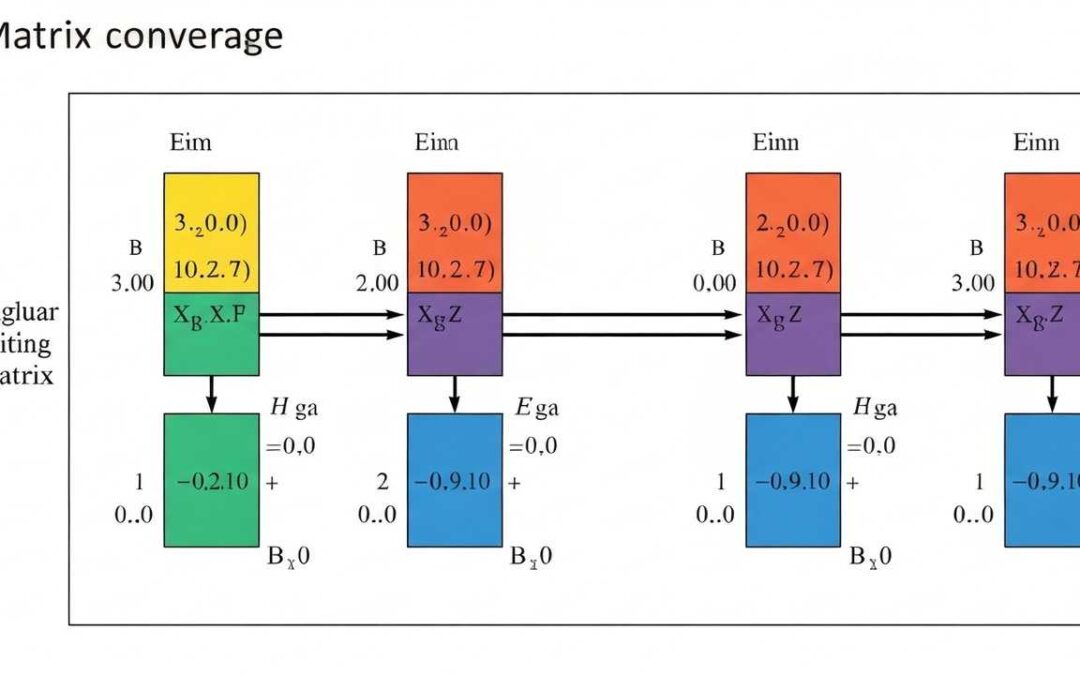
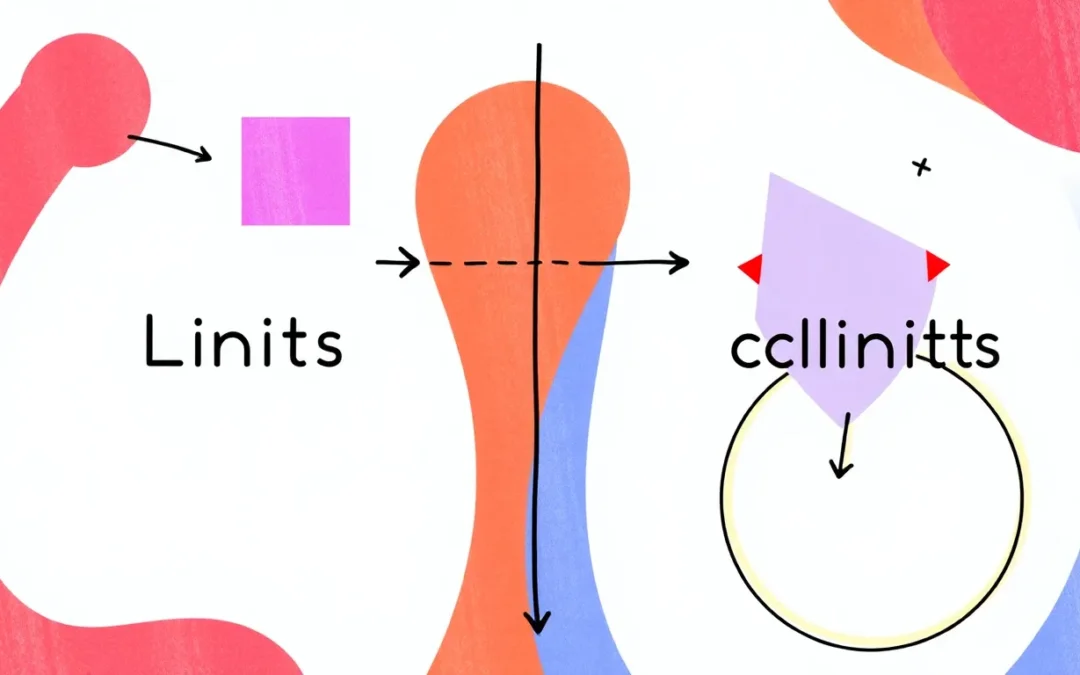
0 Comments